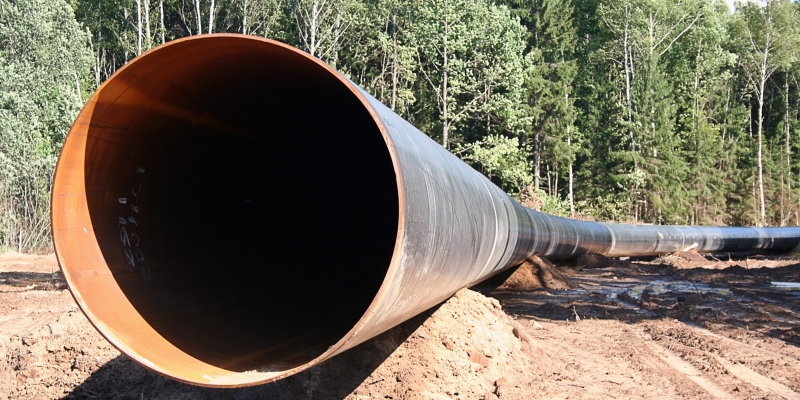Court rejects Trans Mountain project approval—more crude-by-rail means lost revenue for oil producers, economy

Canada's Federal Court of Appeal on Thursday quashed the Trudeau government’s approval of the Trans Mountain expansion project, citing inadequate consultation with First Nations and concerns over marine tanker traffic.
The shocking decision is the latest blow in a bad past few months for Canada’s heavy oil producers. Crude oil exports by rail reached a record high and the depressed price for Canadian heavy crude got worse. More reminders that Canada must build new pipelines.
Of course, there’s always been a price difference between Western Canada Select (WCS) and U.S. crude (West Texas Intermediate) due to transportation costs and difference in quality between the two products. Between 2009 and 2012, the price difference was roughly 13 per cent (of the U.S. crude price).
But recently, this price difference has skyrocketed, reaching its widest gap in more than five years. According to Oil Sands Magazine, based on data from the first half of August, Canadian heavy crude (WCS) traded for C$39.5 per barrel less than U.S. crude (WTI), representing a striking 45 per cent price discount. Recall that the discount only six years ago was approximately 13 per cent.
The recent elevated discount means Canadian producers now fetch far less for their oil than their international counterparts. In fact, heavy oil producers will lose an estimated $15.8 billion this year alone in foregone revenues compared to what other producers of similar products will receive. This estimated loss is approximately 0.7 per cent of our national GDP.
So, what’s behind the widening price discount for Canadian heavy crude?
Simple—Canada’s lack of transportation capacity (i.e. pipelines) and restricted market access. Despite growing oil production in recent years, Canada has been unable to build any major pipelines, resulting in significant excess production over transportation capacity. Due to several factors including significant regulatory hurdles, TransCanada’s Energy East and Eastern Mainline projects were cancelled. And despite receiving the necessary regulatory approvals, the Keystone XL pipeline project continue to face delays.
And again, even after the Trudeau government was forced to nationalize Kinder Morgan’s Trans Mountain, that plan is now in limbo after Thursday's Court decision.
In addition, maintenance downtime at refineries in the United States is exacerbating the price differential. For instance, a refinery in Whiting, Indiana is scheduled to go offline later this year. The shutdown of various U.S. oil refineries, the biggest customers for Canadian heavy crude, will reduce demand for Canadian oil and thereby widen the price gap.
Finally, without adequate access to pipelines, there has been a shift to more crude-by-rail, which is a higher-cost mode of transportation. In fact, according to recent National Energy Board data, crude-by-rail exports reached a record high in June 2018 at 205,000 barrels per day, a number expected to rise amid the pipeline shortage. This represents an 87 per cent increase in oil exports by rail compared to June 2017. Ultimately, higher crude-by-rail rates mean Canadian oil producers must absorb higher costs, leading to less money flowing into the economy, less revenue for governments to pay for health care, education and other services, and potentially fewer jobs for working Canadians.
And not only does rail transportation come with higher costs, it’s also less safe. In fact, pipelines are 2.5 times safer (i.e. less likely to experience an oil spill) than rail transport.
In reality, the steep price discount for Canadian heavy crude, and its associated foregone revenues, will remain until new pipeline capacity comes online. Federal and provincial policymakers should take concrete action to get pipelines built—fast—for the benefit of Canadians and the economy overall.
Authors:
Subscribe to the Fraser Institute
Get the latest news from the Fraser Institute on the latest research studies, news and events.


